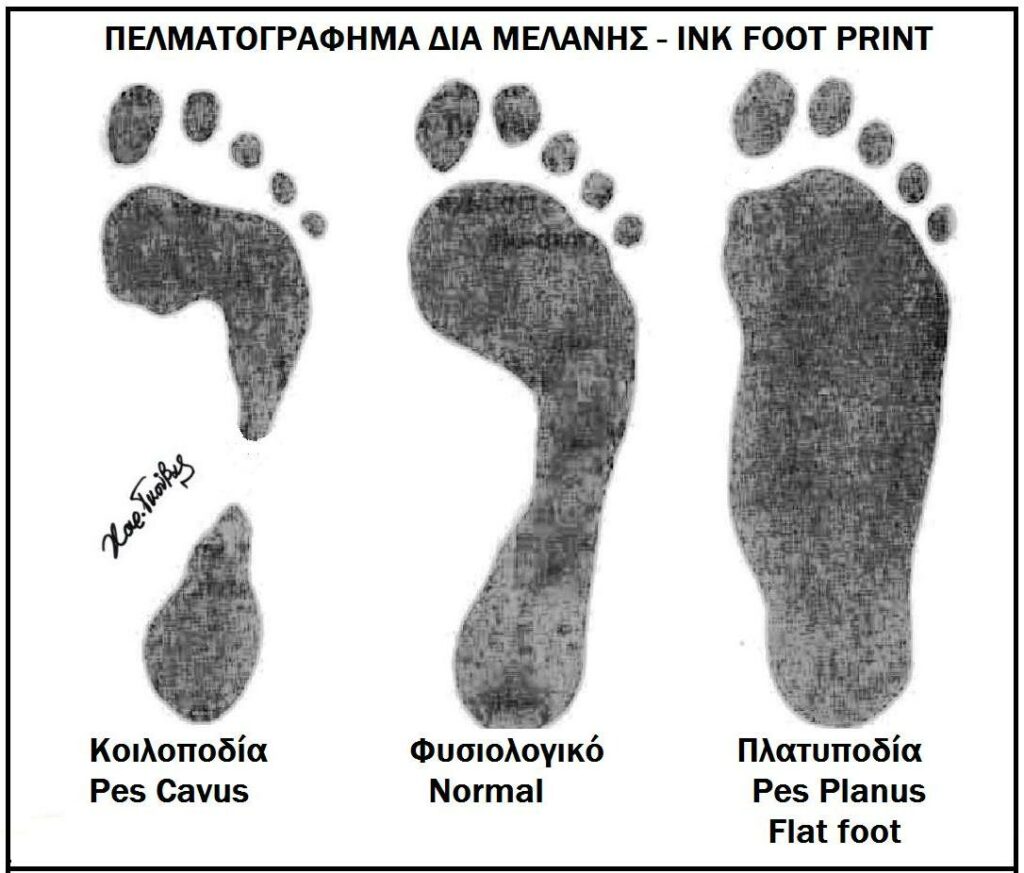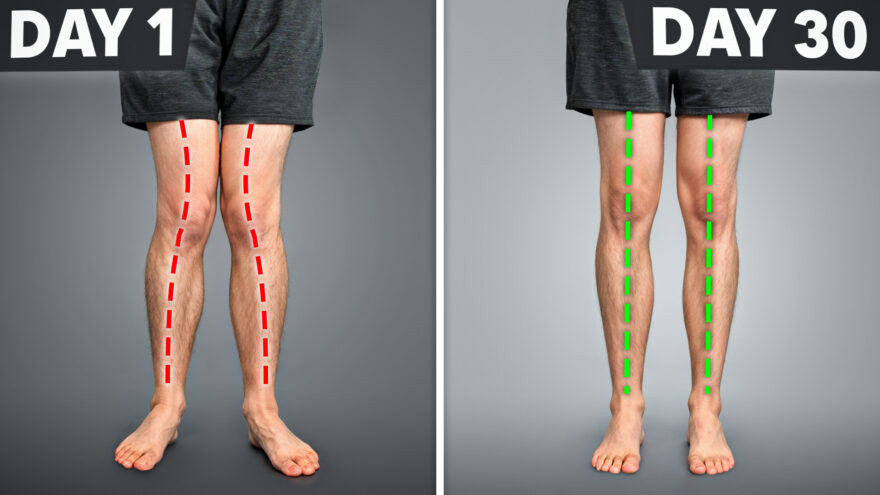Table of Contents
Simple Tests and Exercises to Take Care of Knee Pain
Knee pain can be a real challenge. Tightness, locking, giving way—it all leads to frustration. I’ve spent the last 13 years as a physical therapist and strength coach figuring out how to solve this problem. But here’s the thing: there isn’t a one-size-fits-all solution. Everyone’s knees are different.
If you put three people with knee pain side by side—one with bow legs, one with knock knees, and one with extreme hyperextension—do you think they need the same exercises? Not a chance. That’s why today, I’ll walk you through how to assess your knee and find the best exercises for you.
The Problem with Focusing Only on the Knee
Most people think knee pain is just a knee issue.
WRONG!
Your knee isn’t just a hinge—it also rotates as it bends and straightens. These rotations involve both the femur (your thigh bone) and the tibia (your shin bone). If your hip (which the femur is also the top part of the knee) doesn’t rotate properly, your knee won’t move right. The same goes for your ankle and tibia.
But don’t worry—I’ll make it simple.
Key Areas to Check Before Starting Exercises
You need to assess three areas to get a full picture of your knee’s function: the hip, the knee itself, and the foot.
1. Hip Rotation:
You need both external rotation (to help with knee bending) and internal rotation (to help with knee straightening).
Test:
- Lie on your back, one knee bent, the other straight.
- Let your bent knee fall out to the side for external rotation.
- Bring it across your body for internal rotation.
If your knee can’t drop far enough or cross enough, you have limited rotation.
2. Knee Range of Motion:
Check how well your knee bends (flexion) and straightens (extension).
Test:
- For bending, try sliding your heel to your butt. More than 2-3 fist lengths away? You might have trouble with flexion.
- For straightening, lie flat and lift your leg straight. If your knee bends during this, you likely have limited extension.
3. Foot Posture:
Your foot affects your knee more than you think. Higher arches usually mean your tibia is biased toward external rotation, while flatter feet are biased toward internal rotation.
Test:
- Step on a surface with your foot damp (after a shower works great). See the shape your foot leaves. High arch? You’re likely in external rotation. Flat foot? More internal rotation.

Right – SUPER low arch (photo credit – Wikimedia Commons)
How to Fix Knee Pain: Treatment Plan
Now that you have all this information, what’s next? Here’s the simple plan:
- Gain the motion you lack.
- Struggling with knee bending? Work on that.
- Limited in knee straightening? Focus there first.
- Train that motion at higher intensities.
- Once you’ve gained the mobility, practice it with higher-intensity moves. This strengthens your muscles in those ranges.
- Bias the foot.
Depending on your foot, you can bias its posture to drive particular motions:
- SUPER high arch – start on a slanted position, progress to elevating the heel only
- normal arch – either flat ground on a small ramp
- flat foot – use a ramp
Exercises to Improve Knee Motion
For Knee Extension (Straightening):
I like using a stepback knee twist.
- Keep foot flat
- Twist shin outward and knee inward
- Inhale and step back
- Exhale and back to the start
- Do 2-3 sets x 10 reps
For Knee Flexion (Bending):
You can drive the tibial internal rotation needed for knee flexion with a foam roller.
- Rest shin on foam roller
- Twist shin inward
- Inhale and bend backward
- Exhale and come out of position
- Do 2-3 sets x 10 reps
For Hip External Rotation:
The first move I start with with a frog position:
- Lie on your back with feet together, knees apart.
- Reach arms up toward ceiling and exhale
- 5 count quiet inhale through the nose. 5 count exhale through the mouth.
- Hold for 3-4 sets x 60 seconds
You can then progress this to a wall squat:
- Stand 1.5-2 foot lengths away from a wall. Keep the feet flat.
- Squat down, keeping waistband against the wall
- Hold this position for 3-4 sets x 60 seconds.
For Hip Internal Rotation:
Start with hooklying breathing.
- Lie on your back with feet flat.
- Waistband flat on the ground
- Press inner heel and big toe straight down WITHOUT moving the pelvis
- 5 count quiet inhale through the nose. 5 count exhale through the mouth.
- Hold for 3-4 sets x 60 seconds
Then move to a box squat:
- Start with a slight toe-out stance and soft knees
- Exhale and reach arms forward
- Inhale and squat down
- Exhale and stand up
- Do 3 sets x 10 reps
From Mobility to Strength: Taking It Up a Notch
Mobility is great, but it won’t stick unless you train it in more challenging movements. Start with split squats. These are golden for knee health.
- Split squats:
You can bias this classic move many ways depending on what you need:
For external rotation, elevate your front foot.
For internal rotation, elevate your rear foot.
Flat ground works for a balance of both.
Finally, add some box jumps to teach your body to handle higher forces. Focus on landing softly to protect your knees.
To bias external rotation, do a tap jump:
To bias internal rotation, try the jump from a seated position:
Wrap Up
Knee pain doesn’t have to hold you back. By assessing your unique movement needs and following these exercises, you can address the real root of the problem. Remember, your knee doesn’t work alone—fixing the hips, knees, and feet together is key.
Dealing with hip issues too? Check out this video that dives into exercises for hip pain relief!
